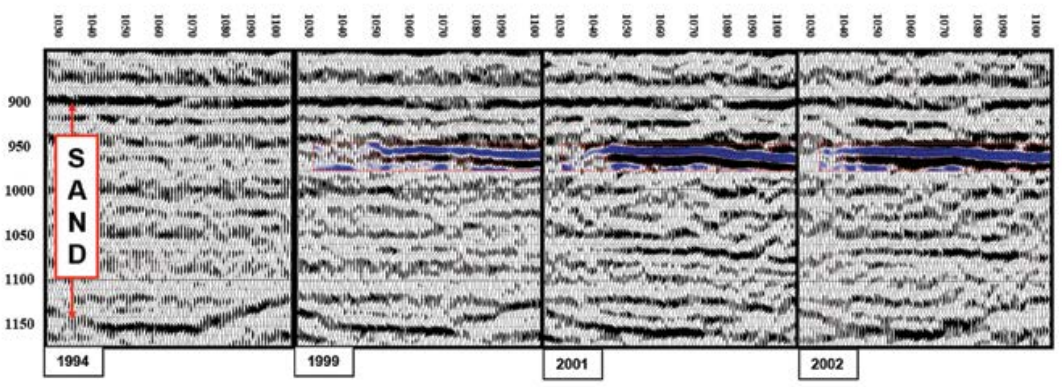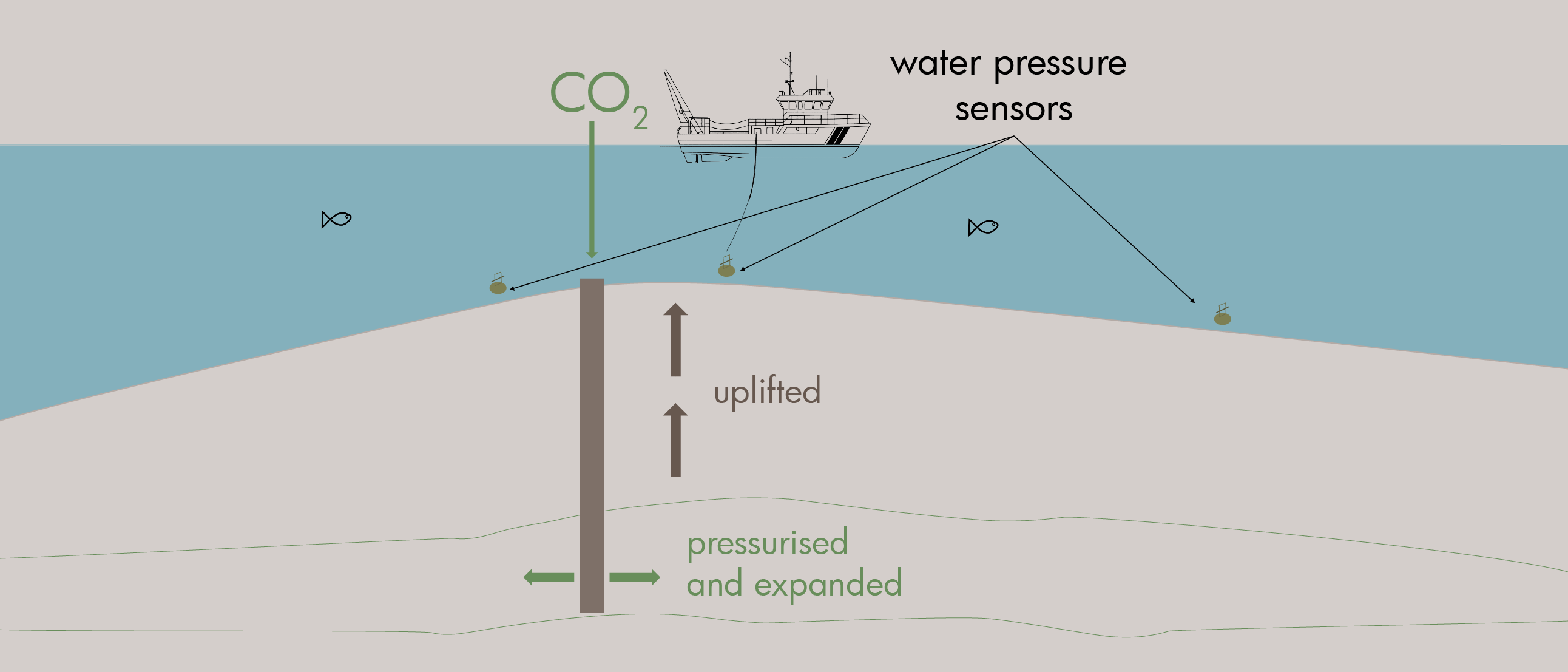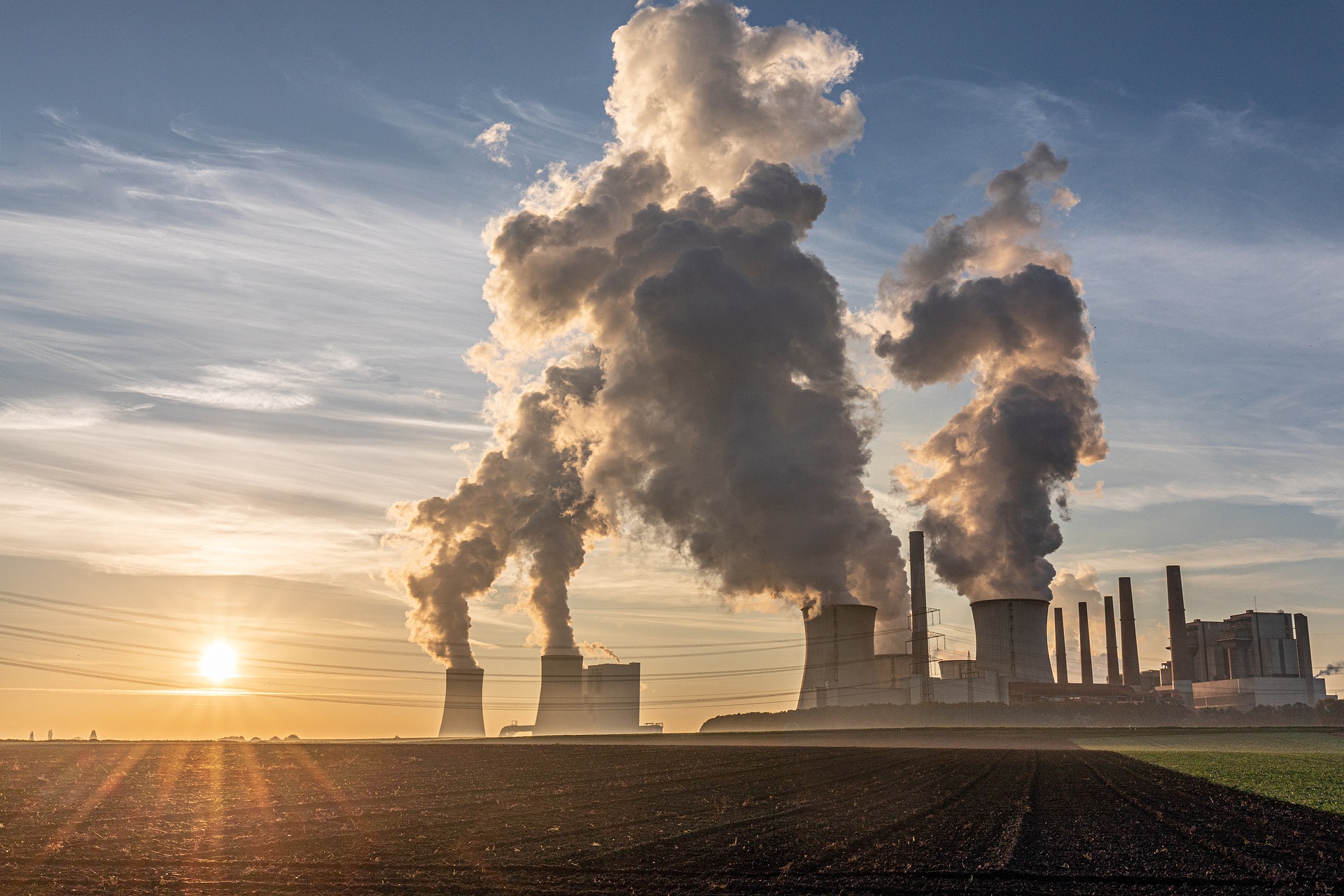“If you really could take the CO2, when you burn hydrocarbons – coal, for example – if you could really capture the carbon and sequester it – they call it CCS – if the extra capital cost, energy cost, and storage costs over time didn’t make it super expensive, then that’s another path that you could go down.” Bill Gates, February 2016
The basic idea behind CCS (Carbon Capture and Storage) is simple: put the unwanted CO2 back into the ground again, like fishermen put leftover fish parts into the ocean. At the moment there are about 20 projects worldwide focusing on practical and economic issues related to this ambitious plan. Given the public interest in climate change related to CO2 emissions, this number is surprisingly low. Is this due to economic constraints, technological challenges or long-term risk? We will briefly discuss the technological needs for CCS and focus more specifically on the storage part, although both capture and transportation are key bottlenecks for future CCS.
Diverse Views on Carbon Capture and Storage (CSS)
Views on CCS are many and diverse. In an article in the Financial Times from 2015, Pilita Clark summarised different views and several important issues, the most important of which are, firstly, how to capture CO2 from power plants, gas reservoirs, cement factories and the like, and secondly, how to transport and store it without leakage to the atmosphere.
Arguments are often a mixture of economics, technological challenges, risk assessment and concerns that CCS might serve as a dangerous extension of the hydrocarbon era. On one hand fossil fuels accounted for over 80% of total energy demand, a level that has remained stable for more than three decades. All forecasts report this dependency will continue, as alternative energy sources will take many years to replace hydrocarbons – so taking responsibility for the emissions resulting from them is important. But many people believe that pushing CO2 underground only creates further problems, lowers energy efficiency, and prolongs the use of fossil fuels.
A CCS project in Alberta, Canada
This article does not intend to discuss these views in detail; the major point is that CCS is a political issue, and the politicians are facing a tremendous dilemma, driven by the enormous costs of engaging in climate action and a growing public clamour for action. Whether CCS becomes a significant technology to reduce atmospheric CO2 within the next two or three decades remains to be seen. However, here we want to discuss how geoscience and various other disciplines might interact to ensure that if CCS is undertaken it is done in a responsible manner.
Where to Store CO2?
Several proposals have been made over the past decades on where to store large amounts (megatons to gigatons) of CO2. The ocean was initially suggested as a potential storage possibility, but this is no longer regarded as a safe or environmentally friendly choice. The most realistic option today is subsurface storage in shallow aquifers or mature hydrocarbon fields. Furthermore, public concerns about possible risks associated with subsidence and damage to buildings generally excludes subsurface storage volumes below densely populated areas. Hence a more realistic option is to store CO2 offshore. The Norwegian Petroleum Directorate has investigated this potential in depth and estimated that roughly 60–70 Gtons of CO2 can be stored offshore Norway. (This study will be further discussed in the next issue.) At the moment, there seems to be an agreement that storage of CO2 should preferably be offshore, or in remote onshore areas where subsidence risk is easy to control and handle.
Kiran Sathaye et al. published an interesting article in 2014, in which they estimate that 1.3 Gigatons of CO2 is at present stored at the Bravo Dome in New Mexico – and furthermore, they show that the CO2 has been there for approximately 1.3 million years. The reservoir is the Permian Tubb sandstone at a depth of 700m and is sealed by an overlying anhydrite layer. Reservoir porosities vary between 10 and 20%, and permeabilities between 1 and 100 mDarcy. The reservoir pressure measured in 1981 was found to vary from 2 to 14 MPa for different locations in the field. Production started in 1981, and the extent of the field is gigantic: 3,600 km2. The Bravo Dome contains 99.8% CO2 and it is estimated that approximately 10% of the CO2 was dissolved during its emplacement, and another 10% was dissolved into the underlaying aquifer. Sathaye et al. concluded that “1.3 Gt of CO2 have been safely contained at Bravo Dome at 700m depth for more than 1 million years without detectable leakage to the surface”.
Storing CO2 and Earthquake Risks
There are several risks a regulator or operator of a CO2 storage site needs to consider, including injectivity, storage capacity, effectiveness of sealing units, well integrity and the risk of induced earthquakes. In 2012, Zoback and Gorelick created a stir with a publication about induced earthquakes, in which they stated: “There is a high probability that earthquakes will be triggered by injection of large volumes of CO2 into the brittle rocks commonly found in continental interiors.” They went on to question the feasibility and value of CCS as a strategy for significantly reducing greenhouse gas emissions. There were many responses to this paper, most notably the response by Vilarrasa and Carrera (2015), who argued that: “Geologic carbon storage is unlikely to trigger large earthquakes and reactivate faults through which CO2 could leak.”
The discussion concerns whether or not storage units are critically stressed, the degree to which injection pressure can be managed, the role of capillary forces and the rates of CO2 dissolution in the water phase. Several industrial-scale storage projects have now monitored induced micro-seismicity. For example, at the Weyburn-Midale Carbon Dioxide Project in Saskatchewan Canada (Verdon et al., 2013) showed that the long history of the field had led to a complicated pattern of micro-seismicity, with most events related to production wells and not CO2 injection. Risks related to CO2 injection will no doubt continue to be aired, but the ‘proof of the pudding’ will likely emerge from real projects.
One of these is the Quest carbon capture and storage facility, near Edmonton, which has now been in operation for four years and has injected 4 million tonnes of CO2 so far. Not only does this project add new experience to the earlier Norwegian projects like Sleipner, the world’s first project for geological storage, but these recent projects were able to make use of more advanced monitoring and listening tools, like digital temperature sensing and distributed acoustic sensing to monitor the plume more cheaply and for recording seismic events (Mateeva et al., 2014). The demonstrated ability to use time-lapse vertical seismic profiling as a means of cost-effectively monitoring plume growth is particularly interesting.

The ‘Northern Lights project’ is the transport and storage part of the ambitious new plans for a Norwegian full-scale CCS project. It is led by the state enterprise Gassnova, who are charged with finding solutions to ensure that technology for capture and storage of CO2 can be implemented as an effective climate measure. The oil/energy majors (Equinor, Shell and Total) have been tasked with executing this project, which is currently in the design phase and leading up to an investment decision in 2020. In describing the project, Furre et al. (2019) explain how experience from the previous Sleipner and Snøhvit CO2 injection projects has been vital in reducing uncertainties for the new venture. Both the Sleipner and Snøhvit schemes encountered early surprises on injectivity and plume growth, which were handled using standard (but expensive) offshore well operations, guided by time-lapse seismic. Arguably, it was actually the power and precision of time-lapse seismic imaging, which allowed site operators to see ‘where the CO2 was going’ that ultimately enabled these projects to proceed successfully.
So is Carbon Capture and Storage (CSS) Expensive?
It really depends on how you look at this question. Large-scale CCS projects do cost in the order of $1 billion – they are sizeable infrastructure developments. When you break the projects down into capture costs and storage costs per tonne of CO2 then we are talking of around $50–150 per tonne for capture but only $10–20 a tonne for storage. However, once large CCS infrastructure projects are in place, the cost of adding additional volumes starts to drop significantly. The current Norwegian CO2 emissions tax of around 50 Euro/tonne makes some projects, like Sleipner, economically viable. But the price of emitting CO2 to the atmosphere would need to rise to around 100 Euro/tonne before widespread CCS deployment could become economically viable. In the meantime, governments will need to stimulate CCS infrastructure (as they currently are doing in Norway, Canada and the USA) if they wish to accelerate CO2 disposal technology.
The ideal scenario is that the costs of deploying CCS technology gradually fall as the penalty for emitting greenhouse gases to the atmosphere rises. That may turn out to be too idealistic. It then becomes a societal question – how much do we really want to reduce CO2 emissions? The younger generation seems to be saying ‘by a lot’ and ‘as soon as possible’.





